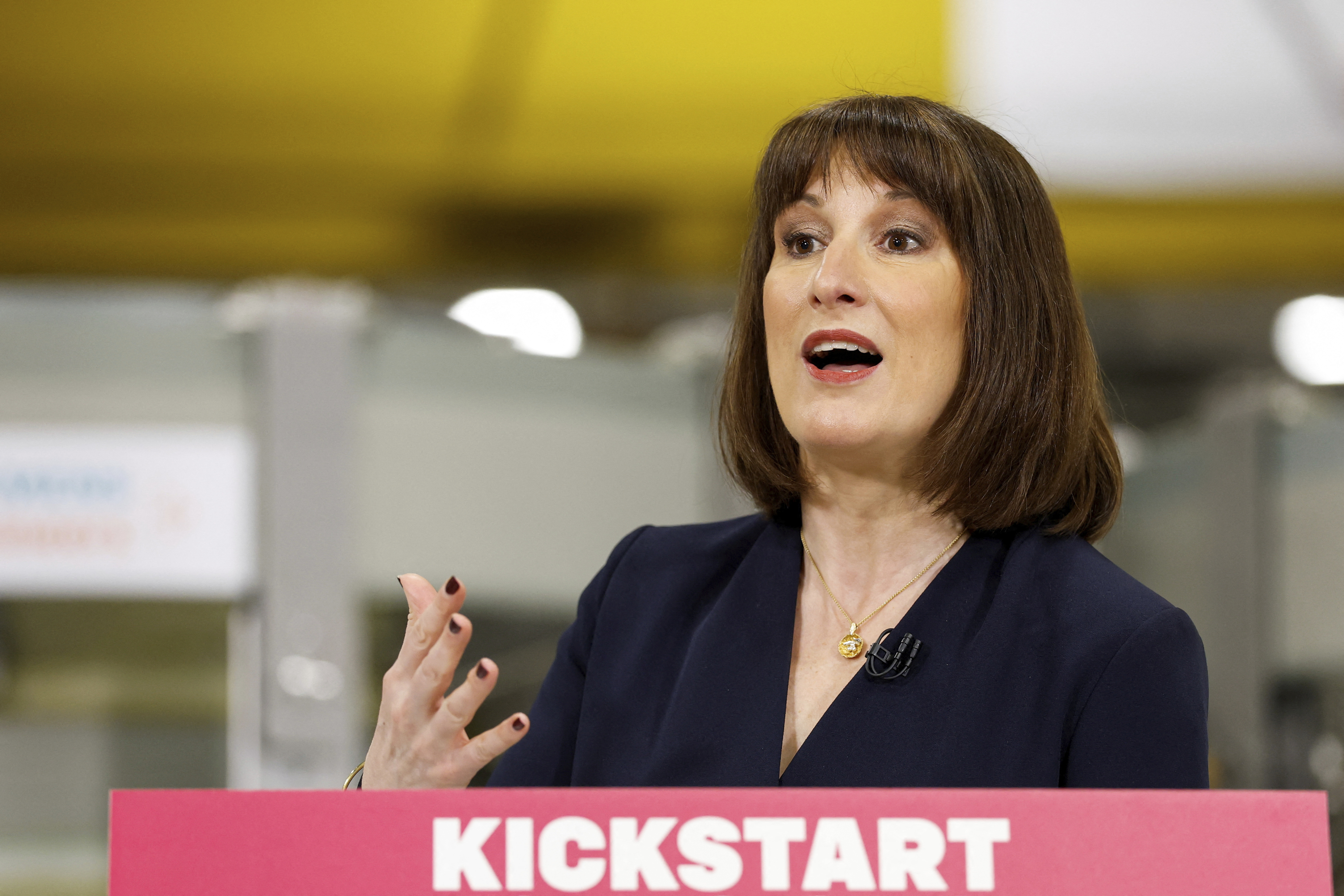
A threatened avalanche of job cuts after Chancellor of the Exchequer Rachel Reeves unveiled her tax-raising budget has so far failed to materialize, with memories of how difficult it was to rehire workers following the pandemic persuading many firms to hang onto staff instead.
The prospect of a £26 billion ($32.7 billion) hike in payroll taxes combined with another hefty increase in the minimum wage from April triggered a raft of warnings from business leaders including Stuart Machin, CEO of Marks & Spencer Group Plc, and billionaire James Dyson. Surveys too pointed to hefty cuts, with the closely watched PMI showing jobs being shed at a pace seen during the financial crisis.
But hard evidence of cuts has proven elusive more than three months since the budget. It poses the question of whether Britain is out of the woods, or whether rocketing redundancies are just around the corner.
ALSO READ: UK finance minister wants lower taxes, less regulation
The number of UK workers being put on notice for the axe is in fact running well below levels seen a year ago. Scarred by the struggle to recruit in the tight post-Covid labor market, firms may be still reluctant to let go of workers and hoarding labor.
“We are yet to see a major pick up in unemployment. This might signal a structural change in the jobs market, due in large part to the fact that it remains difficult and costly to find skills,” said Raoul Ruparel, director for Boston Consulting Group’s Centre for Growth.
The number of potential redundancies was at just under 68,000 in the 14 weeks since the Oct. 30 budget, 12 percent below the equivalent period a year ago, according to forms filed by businesses to the government. Separate figures from HR software provider Employment Hero based on 90,000 workers at small and medium-sized firms suggest the number of full-time employees rebounded 1.4 percent in January after falls the previous two months.
Among top employers, J Sainsbury Plc and Tesco Plc were the only ones explicitly blaming Labour‘s increase in employment costs for their job cuts. Even then, the numbers announced — around 3,000 and 400, respectively — were a small fraction of the hundreds of thousands people working for the two supermarkets.
Official figures on Tuesday are forecast to show unemployment edging up to 4.5 percent in the fourth quarter from 4.4 percent, and a further dip in the number of payrolled employees in January. The Bank of England expects the jobless rate to reach 4.8 percent by the start of 2027, a relatively low figure by historical standards. While doubts remain over the reliability of the data after a drop in response rates, there are few indications of large-scale job culling.
“There’s little sign of an impending spike in redundancies or unemployment,” said Stephen Evans, chief executive of the Learning and Work Institute. “But that doesn’t mean we should be complacent; it’s clear that vacancies are falling and the labor market is relatively flat. We definitely need to keep on eye on data like this as a potential warning sign.”
READ MORE: UK's Reeves struggles to find ways out of market slump
Planned redundancies figures only capture larger-scale cuts of 20 workers or more, meaning the data is likely to include mostly bigger businesses. That may mean that any spike in job losses in smaller firms, such as restaurants and pubs, is not being captured by the data. “They don’t always tell us enough of what’s going on, if smaller firms are finding it tougher, or hiring has reduced,” Evans said.
The bitter experience of recent years, when a sickness-driven exodus from the labor market left sectors from construction to hospitality unable to find the staff they needed, may be prompting firms to hoard labor, economists say.
While they face a significant cost pressure from the hike in employer national insurance contributions, it’s likely to be cheaper than having to rehire workers when demand picks up again. Private-sector wage inflation remains stubbornly high at 6 percent, while labor shortages in certain sectors are set to persist in the near future.
Another explanation is that businesses are seeing if they can pass on the costs in other ways before slashing jobs.
If firms hang onto workers, they may increase prices instead, keeping inflationary pressures higher for longer. How they react to the higher costs is also crucial for the BOE, as a clear loosening in the labor market would clear the way for faster interest-rate cuts. A survey by the BOE suggests businesses will split the costs across lower profit margins, higher prices, job cuts and weaker wage growth.
“Companies are therefore holding onto labor, choosing to increase prices and cut costs elsewhere in order to cope with national insurance contributions and minimum wage hikes,” said Ruparel.
ALSO READ: UK economy shows zero growth in Q3
Bosses could also shelve or pare back their plans for future hiring instead of reducing their existing headcount. Single-month data from the ONS suggest that the drops in vacancies seen in November and December continued a long-running decline but were particularly sharp. The November fall in job postings was the largest in two years.
Labor market economist John Philpott said that firms are likely to initially pass on the costs through lower recruitment and cutting back on temporary staff and contractors.
“I would expect there to be a surge in redundancies per se only if the budget cost hikes bite really hard and can’t be offset by passing the impact onto workers in the form of lower wage rises or pay cuts,” he said.


